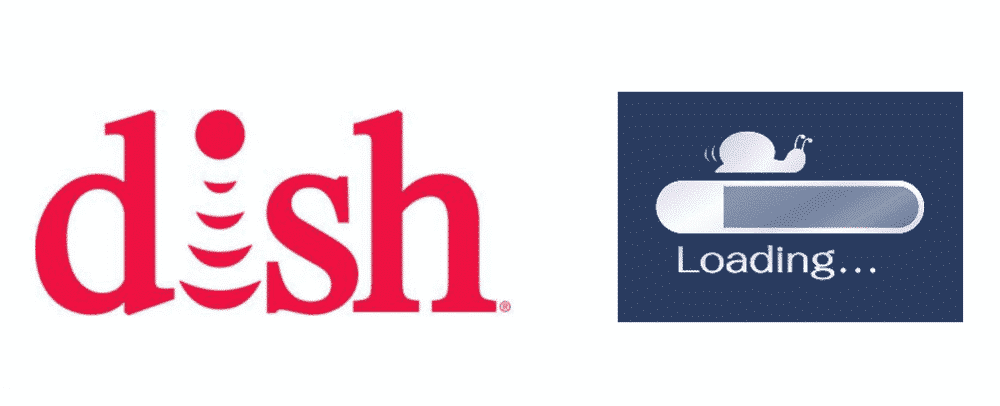
Living in a relatively remote area comes with the challenge of not being able to have access to high-speed internet since most DSL or cable-internet providers do not extend their services further out to such areas. This is where a Dish Network comes in, an internet service that provides a stable connection to the internet via a satellite dish and can be paired together with television programming and even a landline phone connection.
Customers using a Dish Network get access to high-speed broadband with speeds up to 5 or even 10 Mbps, a considerably speedy connection that you can use to run major streaming services and video downloads, along with other programs that rely on speed without any sort of lag or interruption. All you need to stay connected to the online world is a clear view of the sky and the necessary equipment that you can set-up yourself or have a professional set it up for you.
However, even with a stable and fast connection Dish networks can often be plagued by connectivity issues, slow speeds, and restricted internet traffic. This can be caused by a variety of factors like the internet connection itself, dish hardware and cable, signal interference, or even browser issues or malware.
Dish Network Internet Slow (4 Ways To Solve)
This article will help you identify what’s at fault and provide the right troubleshooting tips to help you get back to a stable and fast internet connection.
1) Check your satellite dish
Odds are, any sort of slow down or connectivity problem can be attributed to your dish malfunctioning in some sort of way since your entire connection to the internet hinges on your dish being able to properly receive signals and transmit them back. It is suggested that you contact your satellite internet provider for a professional to come to check up on any equipment including the dish, but if you’d like to do it yourself follow these directions:
- Look for damage to the cables or the dish itself – you’ll want to make sure there are no cracks or warps in your dish, or any broken or torn cables. Also, make sure all cables are securely fit and not loose in any way.
- Make sure nothing is obstructing the dish – your dish needs a clear path between itself and the sky, so clear any debris or tree branches or anything similar caught around it.
- Check the position – your dish needs to positioned perfectly to be able to capture the best signal strength for great internet connectivity speeds. A tech specialist from your ISP provider is recommended since he would know the best coordinates to point the dish at for optimal speed.
2) Check modem and router
Most often the routers provided by your ISPs are slightly outdated and not up to the task of handling high speeds and better connectivity features. It is recommended you buy your own router that also includes better features such as multiple Ethernet ports and dual-band technology. Even if you’re not getting a new router, updating your current router’s firmware can help support better connections.
You could also “power cycle” your modem, something that tech experts still recommend, and (most often than not) it helps reset a troublesome connection. Just unplug your modem and router, leave them for a minute and then plug your modem back in and wait for it to boot up in a minute or two and then do the same with the router. Run a speed test to check if that helped the internet speed.
3) Use an Ethernet cable
Connecting to the internet via an ethernet cable is recommended for a faster connection since you’re not losing speed and signal strength as in a wireless connection over the Wi-Fi. Signal interference can drastically affect your speed and thus a wired connection can help maintain a more stable and better connection.
4) Enhance signal strength
You would want your router in the best place possible, without any objects blocking it or interfering with its signals and near enough to your area of use for it to have a stronger signal – and thus a stronger connection. Or you could just go ahead and install a Wi-Fi extender so that you never have to worry about losing signals anywhere in your house and easily be able to browse through a speedy internet connection.
A dish network may not be able to keep up with the traditional DSL or cable internet, but you can certainly use these tips to ensure your internet experience is as smooth and fast as it can be.